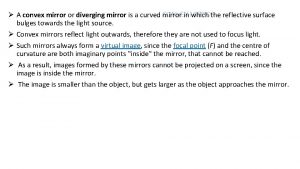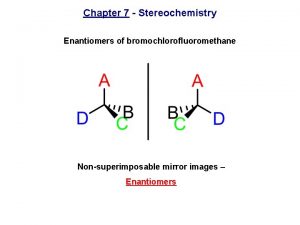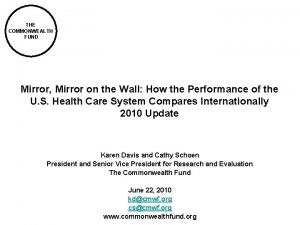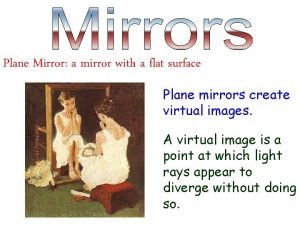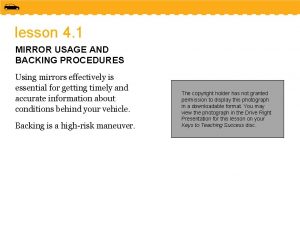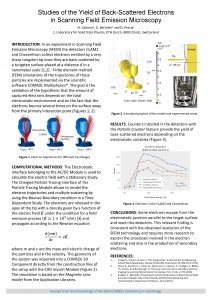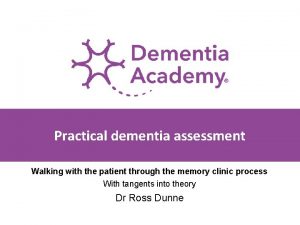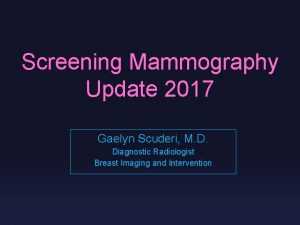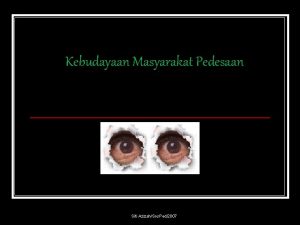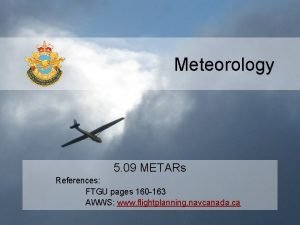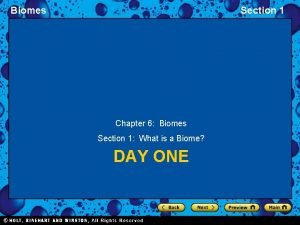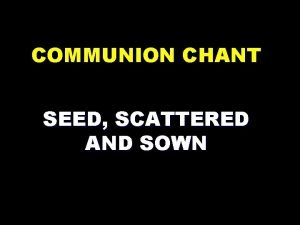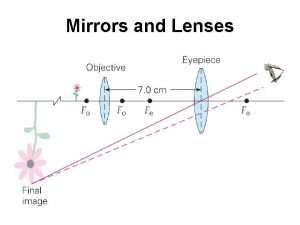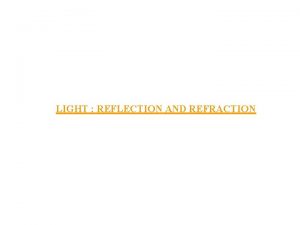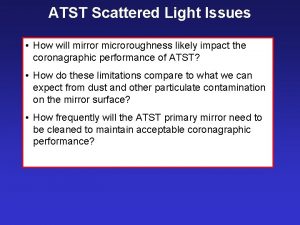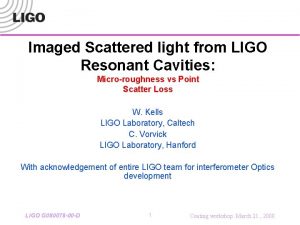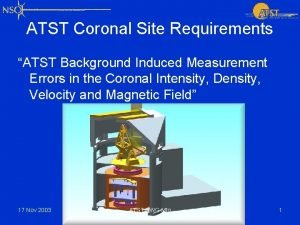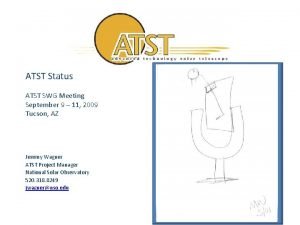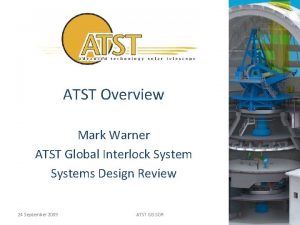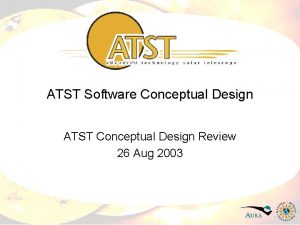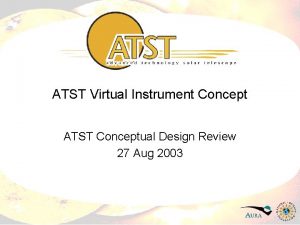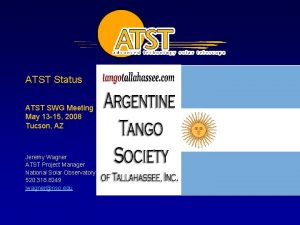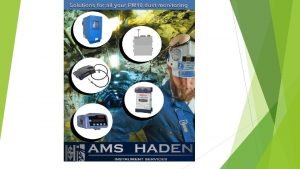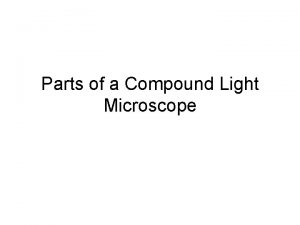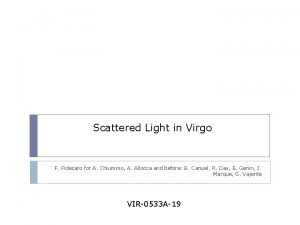ATST Scattered Light Issues How will mirror microroughness



















- Slides: 19

ATST Scattered Light Issues • How will mirror microroughness likely impact the coronagraphic performance of ATST? • How do these limitations compare to what we can expect from dust and other particulate contamination on the mirror surface? • How frequently will the ATST primary mirror need to be cleaned to maintain acceptable coronagraphic performance?

The ASAP Model • Define a set of parallel rays representing a point source at the position of the sun’s center. • Introduce these rays onto a “scatter” surface just in front of the primary mirror (M 1). Scatter the parent rays into a half-degree cone centered on the specular direction. • Add a scatter function to M 1 that represents a clean, polished surface, or a surface contaminated by dust.

Sample Positions 2. 0 1. 5 1. 1

Mirror Signature from Microroughness Typical scatter versus angle for a clean, polished glass surface

…In Direction Cosine Space Plotting log 10 | sin – sin 0 | versus log 10 BSDF

The Harvey Model b Figure courtesy of Gary Peterson, Breault Research Organization.

RMS Microroughness and Harvey The single RMS roughness parameter ( ) contains insufficient information to completely characterize the BSDF of the polished surface, even assuming a powerlaw relationship.

Ranges of Slopes All four curves integrate to yield the same total integrated scatter predicted for a 20 Ångstrom RMS surface.

Results for 20 Ångstrom Microroughness: S = – 1. 5 = 1. 0 Microns

Results for 12 Ångstrom Microroughness: S = – 1. 5 = 1. 0 Microns

Scatter due to Contamination (dust) Figure courtesy of Gary Peterson, Breault Research Organization.

MIL-STD 1246 C The number of particles per square foot with diameters greater than s microns is given by: log(n) = 0. 926 [ (log(c))2 - (log(s))2 ] s = particle diameter ( m) c = cleanliness level n = number of particles per square-foot with diameters greater than s Courtesy of Gary Peterson, Breault Research Organization.

The Mie Model for 0. 01% Coverage (Level ~230)

UKIRT Emissivity data

Scatter Versus Time

Scatter Versus Time: Apache Point Rate of change ≈ 0. 04% per hour!


Power Spectral Density Figure courtesy of Gary Peterson, Breault Research Organization.

Profile of a Star
 Convex mirror is a diverging mirror
Convex mirror is a diverging mirror Mirror, mirror on the wall
Mirror, mirror on the wall Mirror mirror commonwealth fund
Mirror mirror commonwealth fund Plane mirrors create virtual images.
Plane mirrors create virtual images. Mehran convex mirror
Mehran convex mirror Light light light chapter 23
Light light light chapter 23 Into the light chapter 22
Into the light chapter 22 Light light light chapter 22
Light light light chapter 22 Back scattered electrons
Back scattered electrons Justice involved supportive housing
Justice involved supportive housing Scattered white matter lesions
Scattered white matter lesions Scattered fibroglandular
Scattered fibroglandular Nebulous farm village type
Nebulous farm village type Hillsong amazing grace how sweet the sound
Hillsong amazing grace how sweet the sound Cytr metar
Cytr metar Chapter 6 biomes section 1 what is a biome
Chapter 6 biomes section 1 what is a biome Seed scattered and sown
Seed scattered and sown Types of mirrors and lenses
Types of mirrors and lenses Mirror light symbol
Mirror light symbol Refraction through a rectangular glass slab
Refraction through a rectangular glass slab
